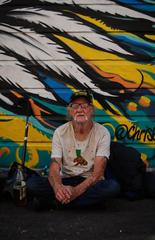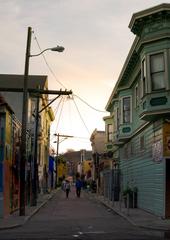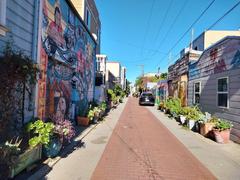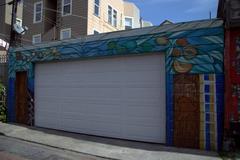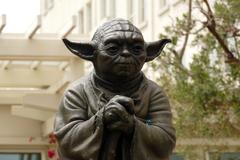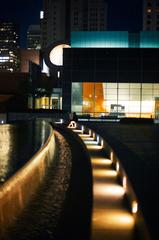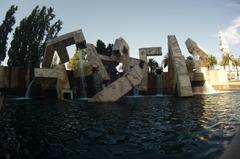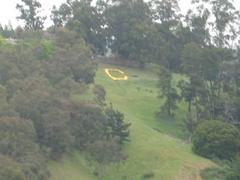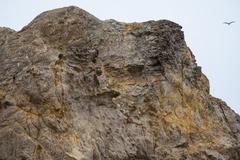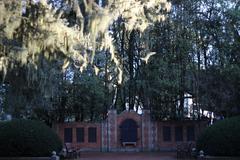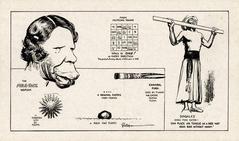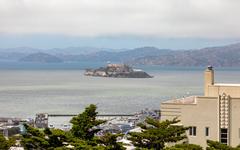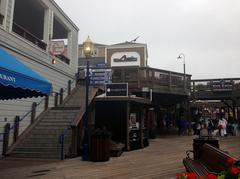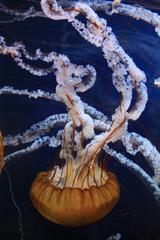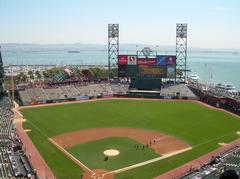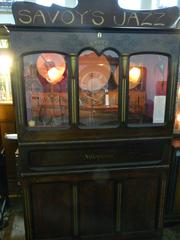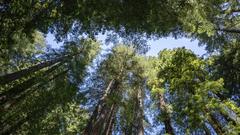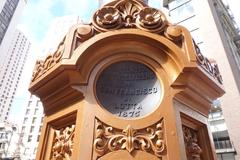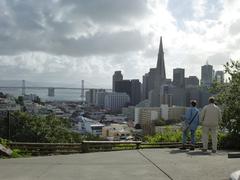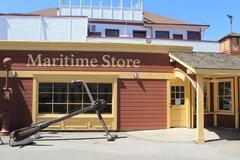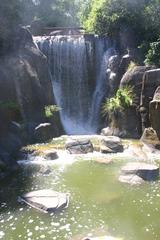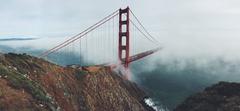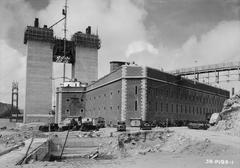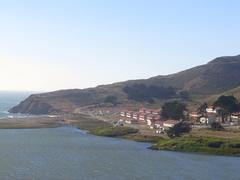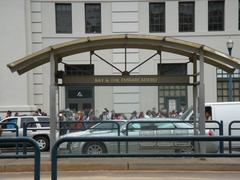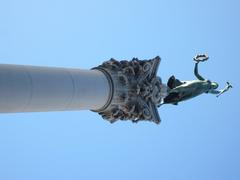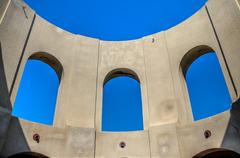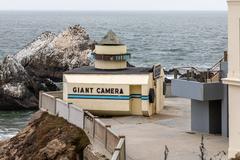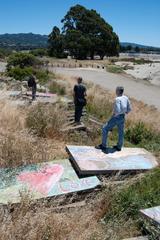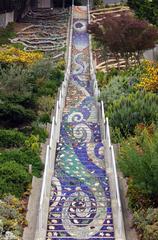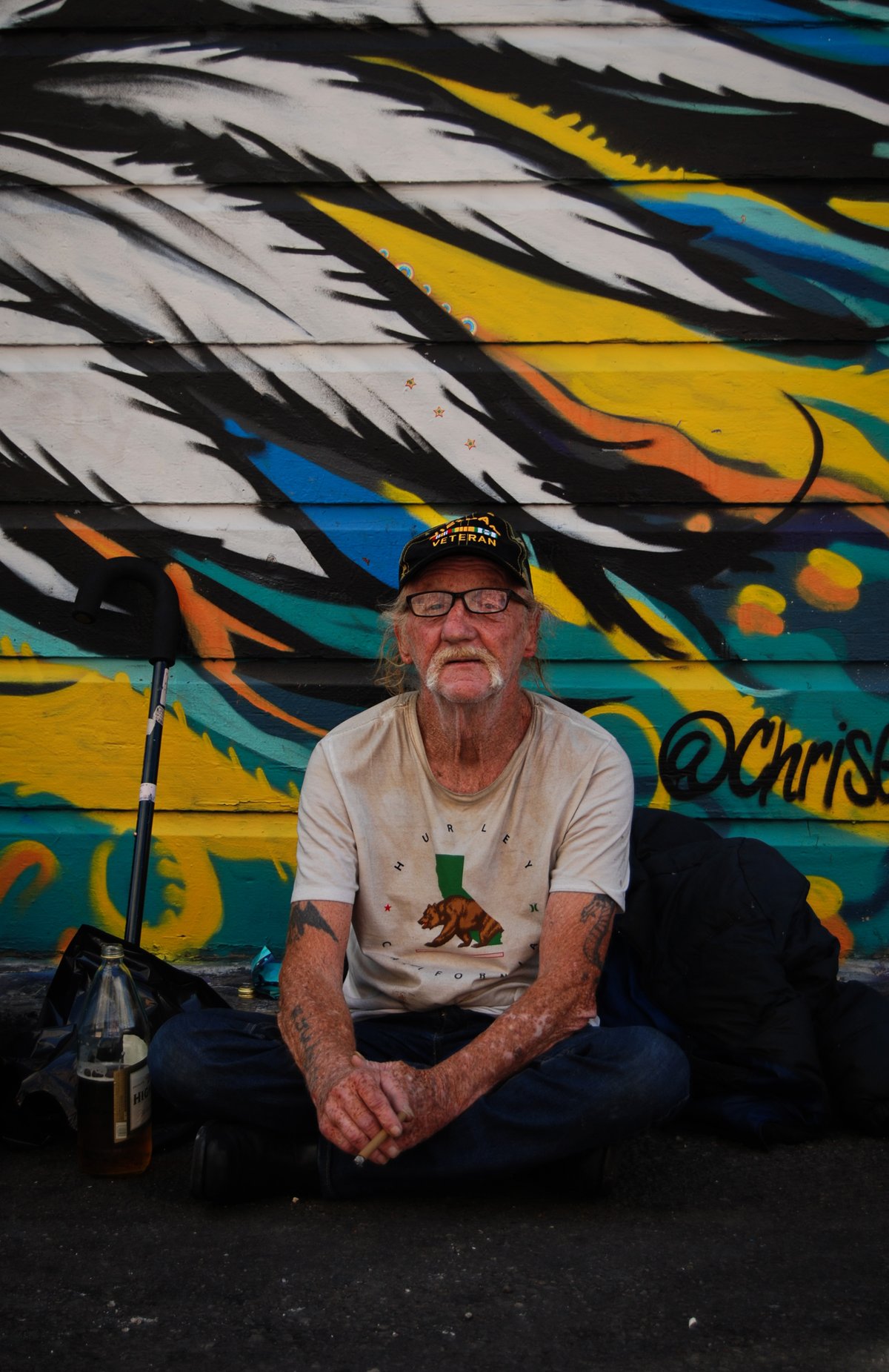
A Comprehensive Guide to Visiting Balmy Street, San Francisco
Date: 20/07/2024
Introduction
Balmy Street, situated in San Francisco’s Mission District, offers a unique glimpse into the city’s rich history and cultural diversity through its vibrant array of murals. This street, which began as a modest residential area home to Irish and German immigrants in the early 20th century, has transformed into a dynamic open-air gallery that reflects the spirit and struggles of its community. The evolution of Balmy Street’s murals began in the 1970s, heavily influenced by the Chicano Movement and the wider civil rights struggles, serving as a canvas for social and political expression (Mission Local). The first murals were created by the Mujeres Muralistas, a group of Latina artists aiming to challenge the male-dominated art scene and address issues pertinent to their communities (SF Mural Arts).
The themes of these murals have expanded over the decades, encompassing indigenous life, Mexican folklore, human rights, environmental justice, and more. This artistic evolution has cemented Balmy Street as a cultural and historical landmark, celebrated for its artistic innovation and community engagement (Precita Eyes). Through this comprehensive guide, we explore the history, significance, and practical visitor information for Balmy Street, providing insights into one of San Francisco’s most cherished cultural treasures.
Table of Contents
- [Origins and Early Development](#origins-and-early-developmentorigins-and-early-development)
- [The Rise of Muralism](#the-rise-of-muralismthe-rise-of-muralism)
- [Themes and Influences](#themes-and-influencesthemes-and-influences)
- [Key Milestones](#key-milestoneskey-milestones)
- [1984 - The Nicaraguan Mural](#1984---the-nicaraguan-mural1984---the-nicaraguan-mural)
- [1990s - Expansion and Preservation](#1990s---expansion-and-preservation1990s---expansion-and-preservation)
- [Cultural Significance](#cultural-significancecultural-significance)
- [Visitor Information](#visitor-informationvisitor-information)
- [Visiting Hours and Tickets](#visiting-hours-and-ticketsvisiting-hours-and-tickets)
- [Guided Tours](#guided-toursguided-tours)
- [Photography Tips](#photography-tipsphotography-tips)
- [Preservation Efforts](#preservation-effortspreservation-efforts)
- [Contemporary Developments](#contemporary-developmentscontemporary-developments)
- [FAQ](#faqfaq)
- [Conclusion](#conclusionconclusion)
Origins and Early Development
Balmy Street, located in the Mission District of San Francisco, has a rich history that dates back to the early 20th century. Originally, the area was home to a diverse working-class community, including many Irish and German immigrants. The street itself was named after the Balmy Alley, a narrow lane that runs parallel to 24th Street. This area was primarily residential, with modest homes and small businesses serving the local community.
The Rise of Muralism
The transformation of Balmy Street into a vibrant canvas of murals began in the 1970s. This period marked a significant shift in the cultural landscape of the Mission District, influenced by the Chicano Movement and the broader civil rights struggles of the time. Artists sought to reclaim public spaces and use them as platforms for social and political expression. The first murals on Balmy Street were created in 1972 by a group of artists known as the Mujeres Muralistas. This collective of Latina artists aimed to challenge the male-dominated art world and address issues relevant to their communities (Mission Local).
Themes and Influences
The murals on Balmy Street cover a wide range of themes, reflecting the diverse experiences and histories of the community. Early murals often depicted scenes of indigenous life, Mexican folklore, and the struggles of immigrant communities. Over time, the themes expanded to include global issues such as human rights, environmental justice, and anti-war sentiments. The influence of Mexican muralists like Diego Rivera and David Alfaro Siqueiros is evident in the bold colors and dramatic compositions of many works (SF Mural Arts).
Key Milestones
1984 - The Nicaraguan Mural
One of the most significant murals on Balmy Street is the Nicaraguan Mural, painted in 1984 by a group of artists including Miranda Bergman and O’Brien Thiele. This mural was created in solidarity with the Nicaraguan people during the Contra War, a conflict funded by the United States government. The mural features powerful imagery of resistance and resilience, highlighting the impact of U.S. foreign policy on Latin American countries (Nicaragua Network).
1990s - Expansion and Preservation
The 1990s saw a renewed interest in preserving and expanding the mural tradition on Balmy Street. Local organizations such as Precita Eyes Muralists played a crucial role in this effort, providing resources and support for new mural projects. This period also saw the introduction of murals addressing contemporary issues such as gentrification and police brutality. The community’s commitment to maintaining the murals as living, evolving artworks has ensured their continued relevance and vibrancy (Precita Eyes).
Cultural Significance
Balmy Street is more than just an outdoor gallery; it is a testament to the power of public art as a tool for community building and social change. The murals serve as visual narratives that document the history, struggles, and aspirations of the Mission District’s residents. They also provide a sense of identity and pride for the community, celebrating its cultural heritage and diversity. The street has become a popular destination for both locals and tourists, offering a unique glimpse into the heart of San Francisco’s artistic and activist traditions (SF Travel).
Visitor Information
Visiting Hours and Tickets
Balmy Street is open to the public 24/7 and there are no tickets required to visit. However, guided tours are available through organizations like Precita Eyes, which provide deeper insights into the stories behind the murals. These tours typically operate during daylight hours.
Guided Tours
Guided tours can be booked through Precita Eyes Muralists. These tours offer an in-depth look at the history and significance of the murals, providing a richer experience for visitors. Book your tour in advance via their website (Precita Eyes Tours).
Photography Tips
Balmy Street is a popular spot for photography, with its vibrant colors and striking imagery offering endless opportunities for capturing memorable moments. Early morning or late afternoon light can provide the best conditions for photography, minimizing harsh shadows.
Preservation Efforts
Preserving the murals on Balmy Street is an ongoing challenge, given the exposure to weather and the risk of vandalism. Community organizations and artists regularly undertake restoration projects to maintain the integrity of the artworks. These efforts are often supported by grants and donations from local businesses and cultural institutions. The involvement of the community in these preservation activities underscores the collective ownership and stewardship of the murals (ArtSpan).
Contemporary Developments
In recent years, Balmy Street has continued to evolve, with new murals being added that reflect current social and political issues. The Black Lives Matter movement, climate change, and immigration rights are among the themes explored in recent works. This ongoing evolution ensures that Balmy Street remains a dynamic and relevant space for artistic expression and community engagement (Mission Cultural Center).
FAQ
What are the visiting hours for Balmy Street? Balmy Street is open to the public 24/7.
Are guided tours available for Balmy Street murals? Yes, guided tours can be booked through Precita Eyes Muralists.
Do I need tickets to visit Balmy Street? No, visiting Balmy Street is free, but guided tours may have a fee.
What are some nearby attractions? Nearby attractions include the Mission Dolores Park, the Mission Cultural Center for Latino Arts, and various local eateries and shops in the Mission District.
Conclusion
Balmy Street stands as a living testament to the power of community and the enduring impact of public art. Its history is a rich tapestry of cultural expression, social activism, and artistic innovation. As the murals continue to evolve, they ensure that the voices and stories of the Mission District’s residents are heard and celebrated for generations to come.
Stay Updated
To stay updated on Balmy Street and other cultural sites in San Francisco, follow us on social media or check out our related posts. For an enhanced experience, download the Audiala mobile app.
